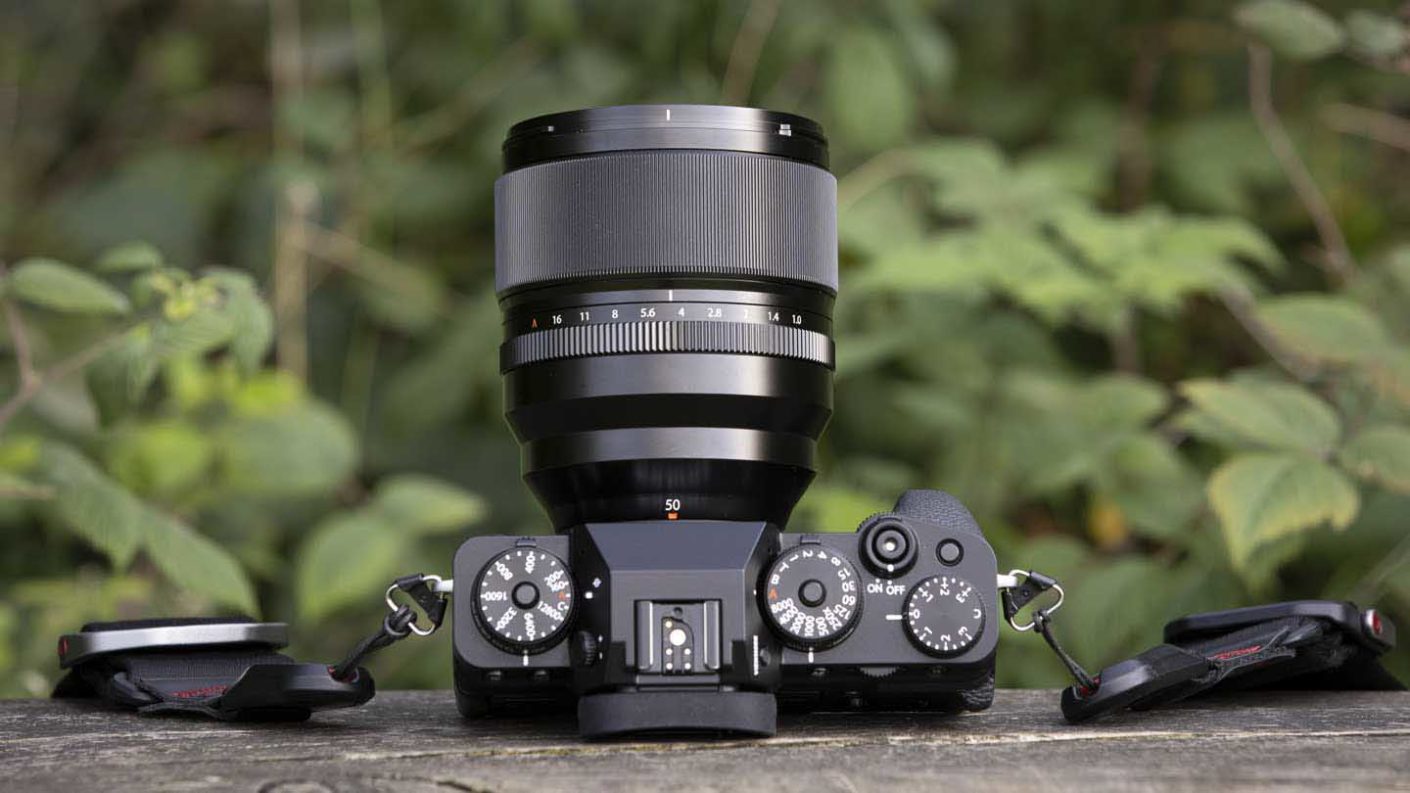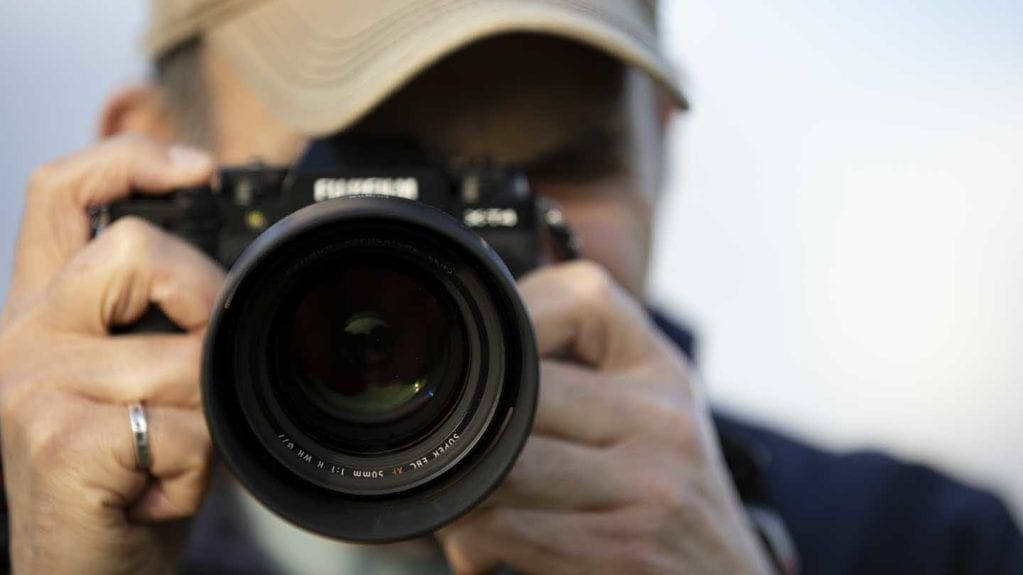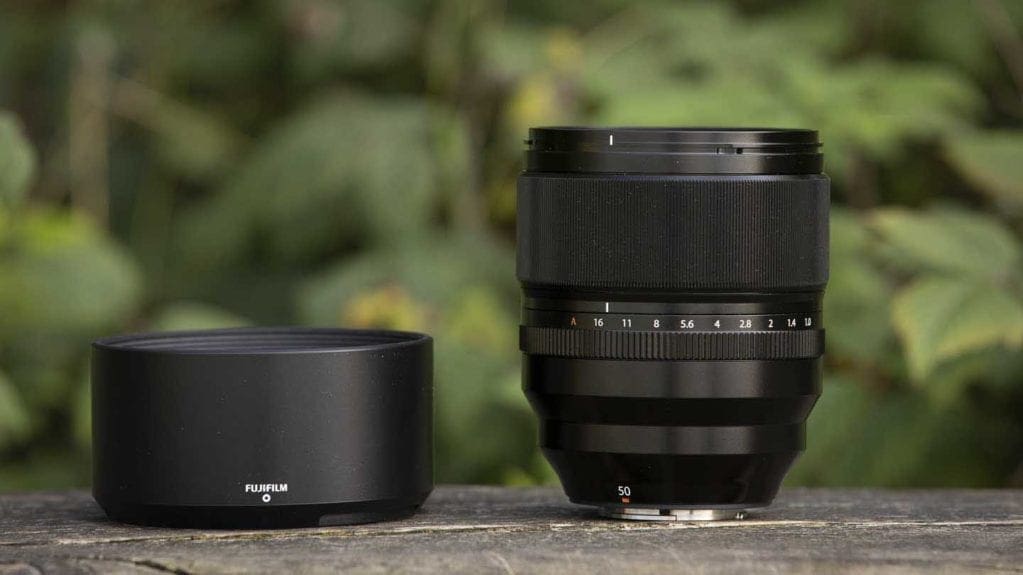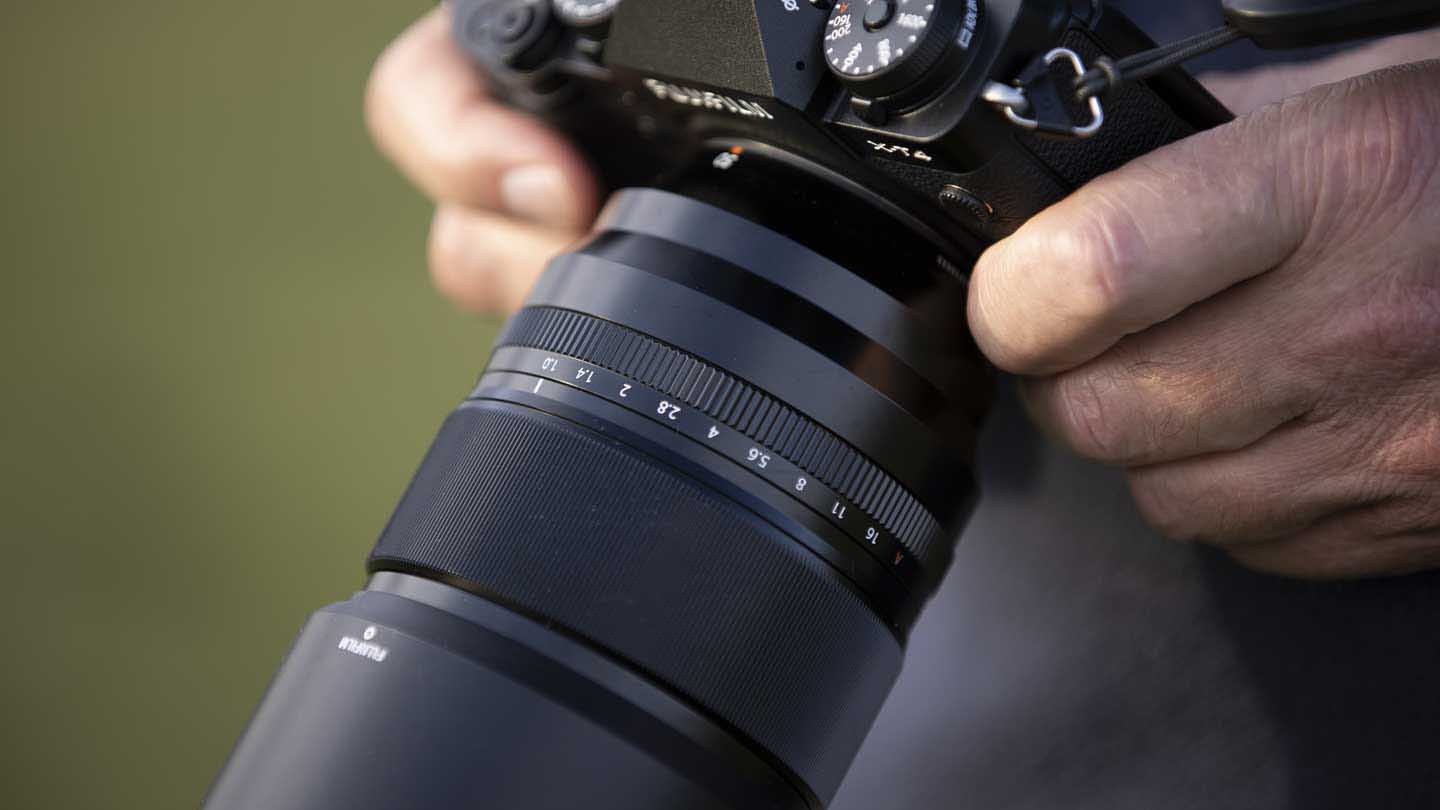As soon as I started using the Fujifilm XF50mm f1.0 R WR, I could tell that it’s a very good lens. And even in November in the UK, shooting at f/1.0 means you can use fast shutter speeds. Under an overcast sky about an hour before sunset, at ISO 160, for example, I could shoot at 1/400sec. Of course, you’ll need an ND filter if you want to use such a wide aperture in sunny conditions.
Read our guide to the best ND filters
The bokeh (the quality of the out of focus areas) in images shot with the aperture wide open is wonderfully smooth while small out of focus highlights are round.
It’s also interesting to see how much difference it makes to open up from f/1.8 or f/1.4 to f/1.0. Depending upon the distance between the subject and the background, you can smooth-out hard lines behind your subject.
When you’re shooting with a very wide aperture, you need to target the focusing very precisely so it’s helpful that the Fuji X-T4 allows you to set a tiny AF point. Also, the X-T4’s AF system gets the subject sharp the vast majority of the time when the XF50mm f1.0 R WR is mounted. It even copes well with quite low contrast targets.
Switching the camera to video mode proves that the XF50mm f1.0 R WR can also keep a moving subject sharp with smooth focusing transitions, however, the AF motors are audible. They’re not loud, but they are noticeable in the video so it would be best to record any ambient sound with a remote mic.
Fujifilm XF50mm f1.0 R WR Image Quality
Naturally, the first images I checked out from the Fuji 50mm f/1.0 were those shot at the widest aperture and it captures a very impressive level of detail. Looking at images at 100% on a computer screen, you may just spot very slight softening in the far corners of the frame, but it really is very slight.
As you close down the aperture 1/3stop at a time, you’ll see the sharpness increase up to about f/5.6 when you’re hard-pressed to see a difference between the level of detail at the corners and in the centre.
Similarly, if you may just about spot a slight drop in sharpness at f/11 and f/16 as the unavoidable impact of diffraction comes into play. But it’s hard to imagine that anyone would have any problem with the level of detail and sharpness captured at anyone point across the image frame or at any aperture.
In most real-world photography, vignetting is not an issue with the Fujifilm XF50mm f1.0 R WR. However, if you compare identical shots of an even-toned subject captured at different aperture settings, you will see some corner shading at f/1.0. This improves at f/1.4 and is gone by f/5.6.
I shot a lot of images in a woodland with the lens pointed towards the sun glinting through the trees and it’s clear that flare is very well controlled. You may get some if the sun is in the image frame and towards the edge, you’d expect that, but it’s not a major drama by any means.
Shooting the backlit trees and branches also indicates that chromatic aberration is very well controlled, although it can become apparent in some quite extreme situations – for example with over-exposed backlit subjects shot with the aperture wide-open. It’s possible to tone-down the worst of the fringing in Adobe Camera Raw.







